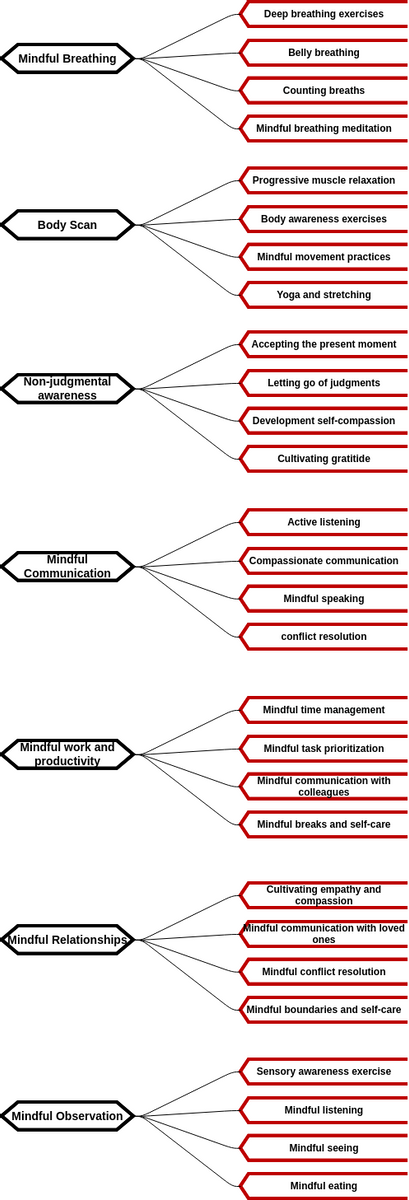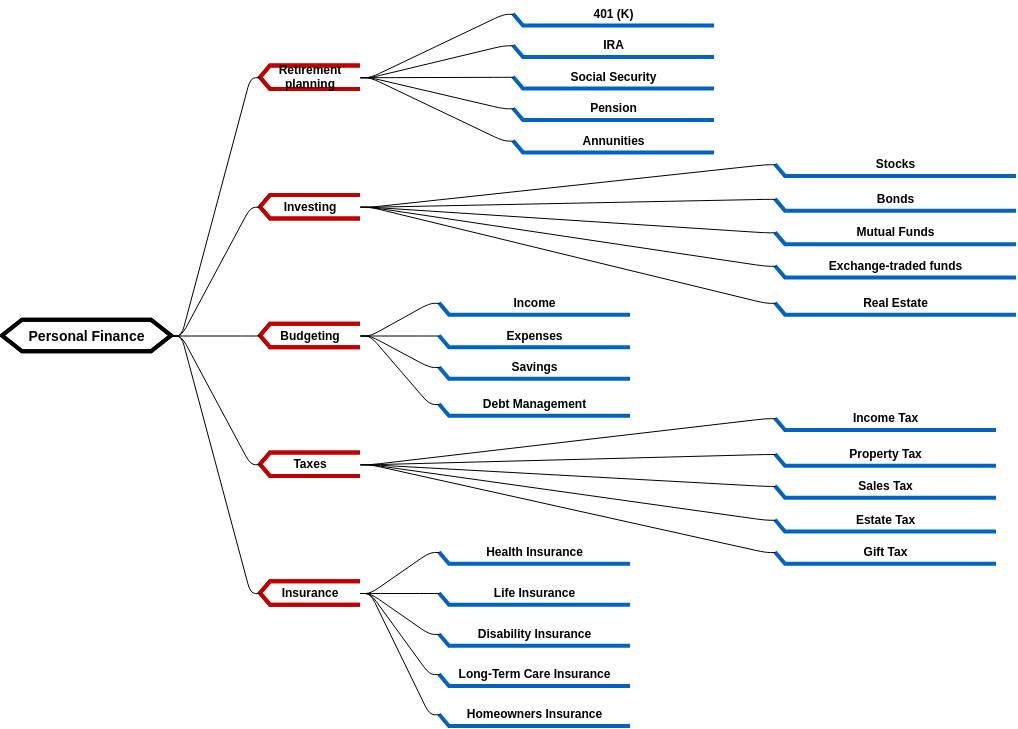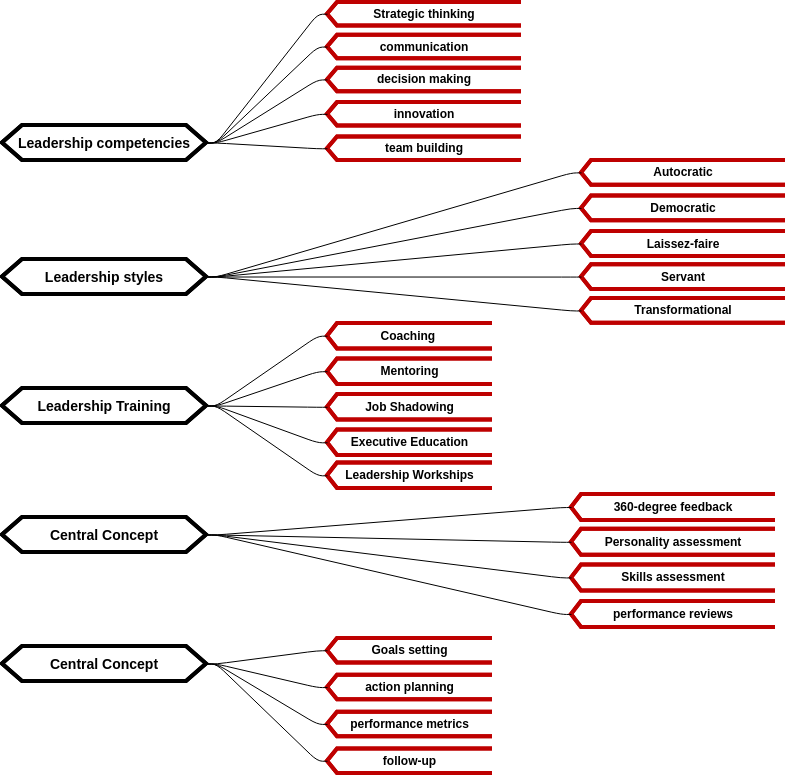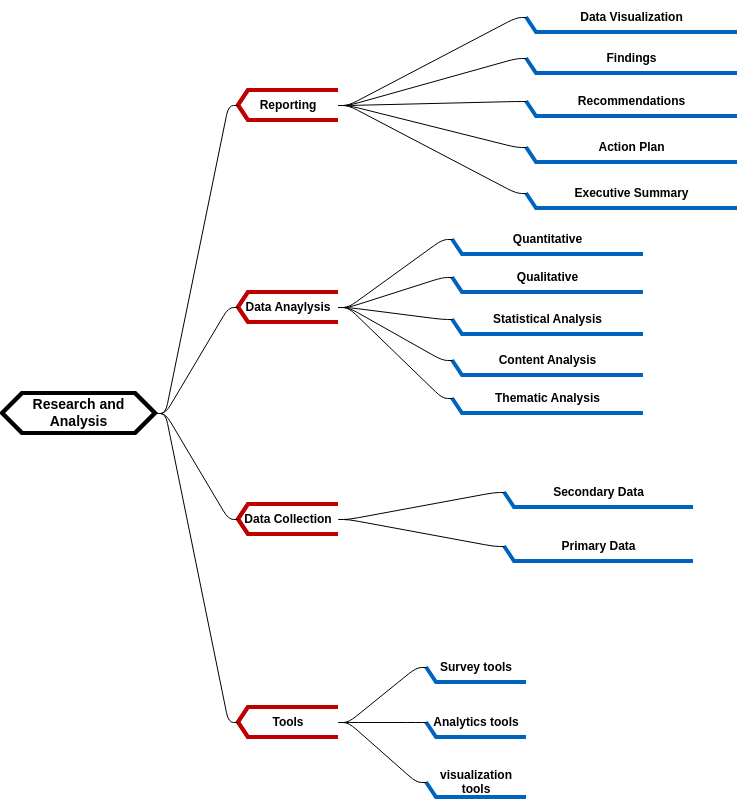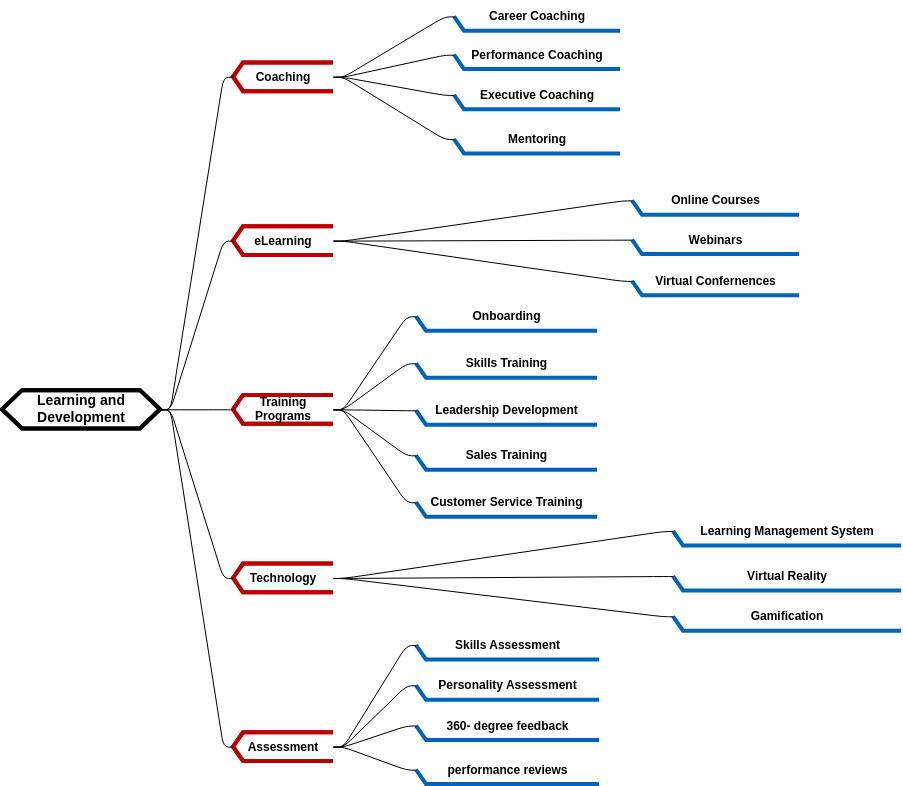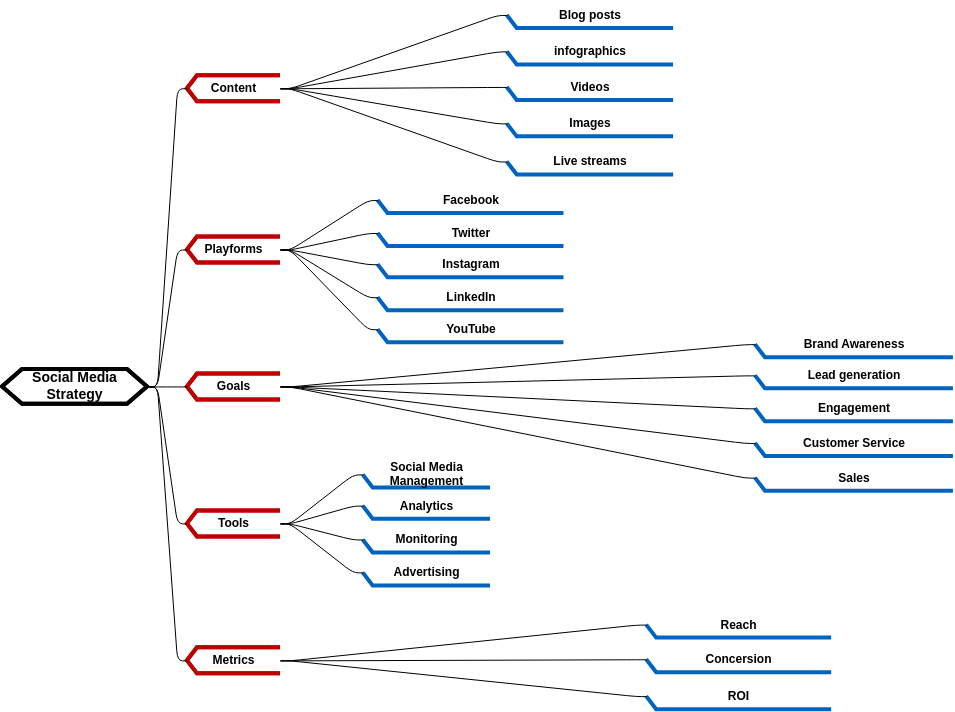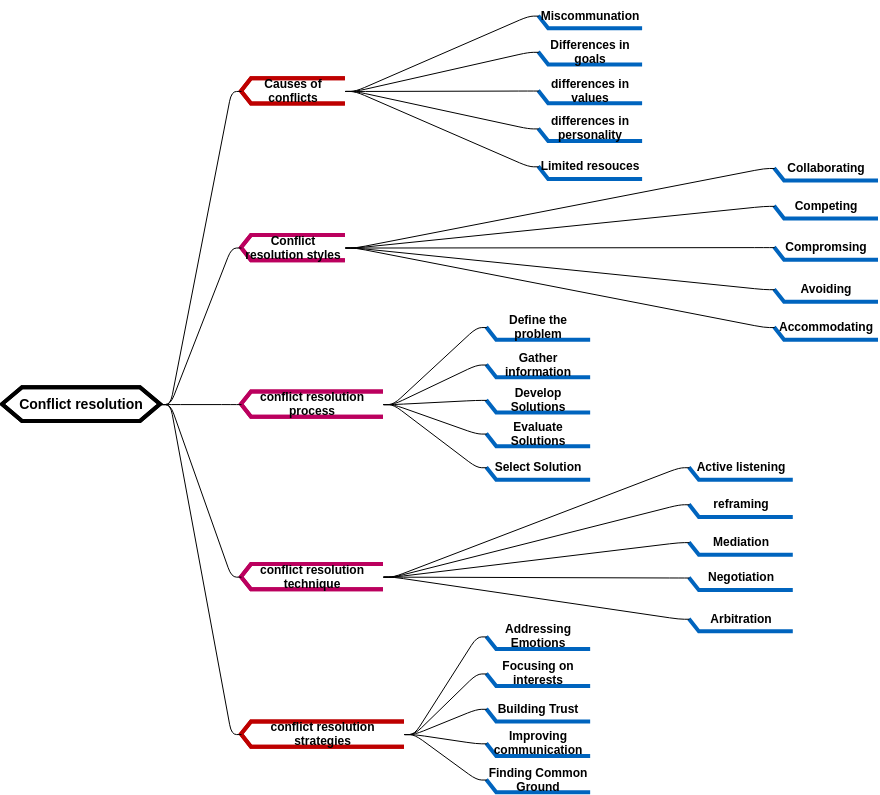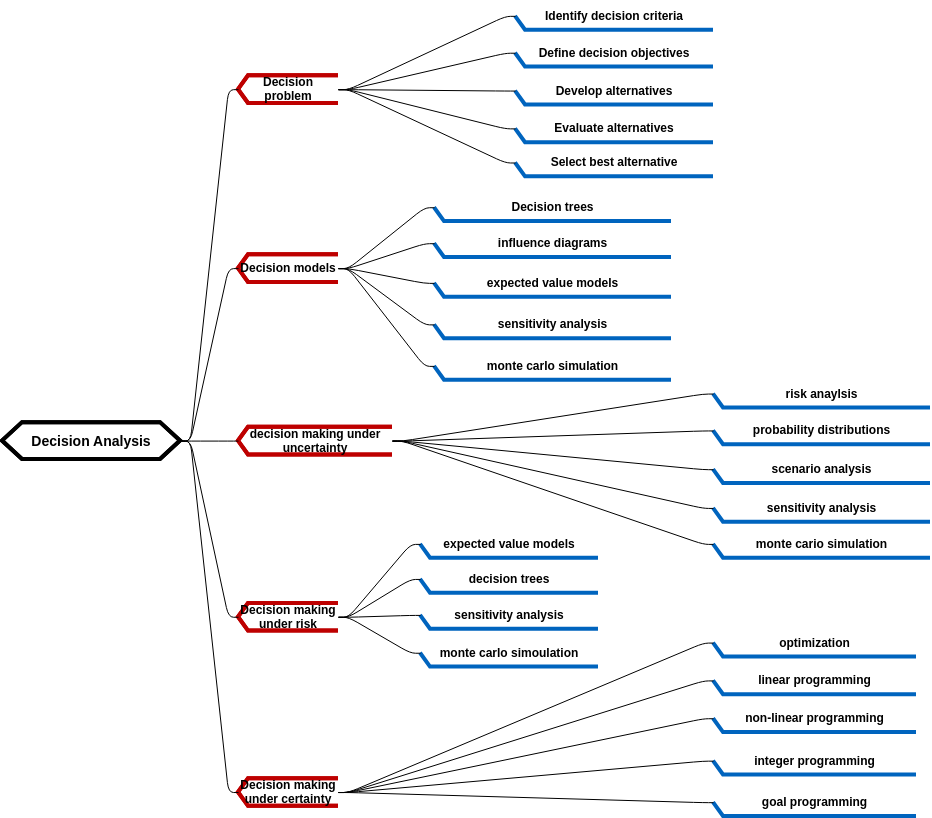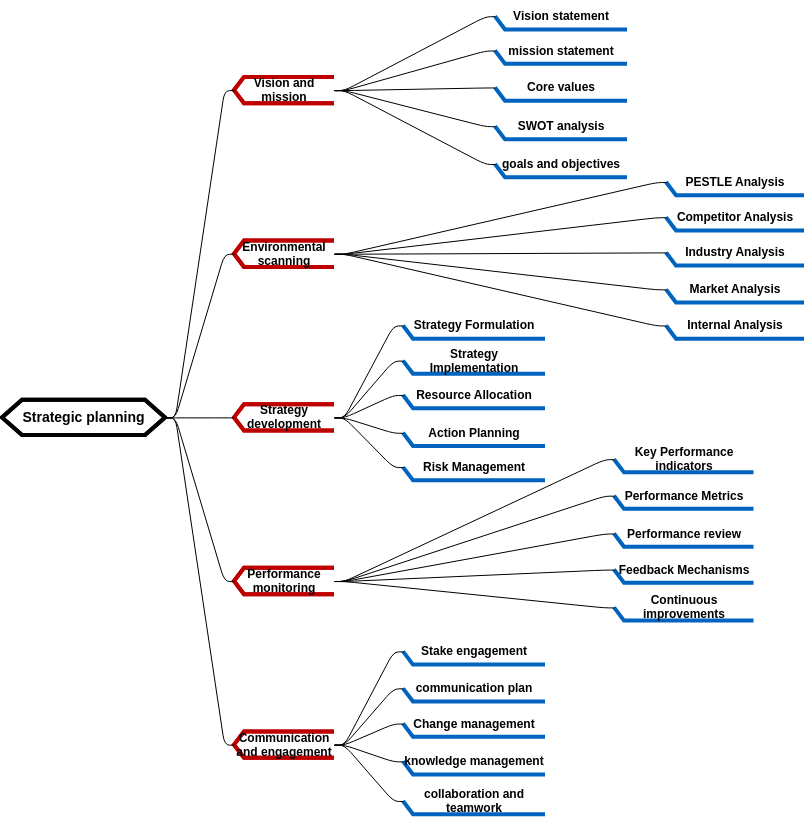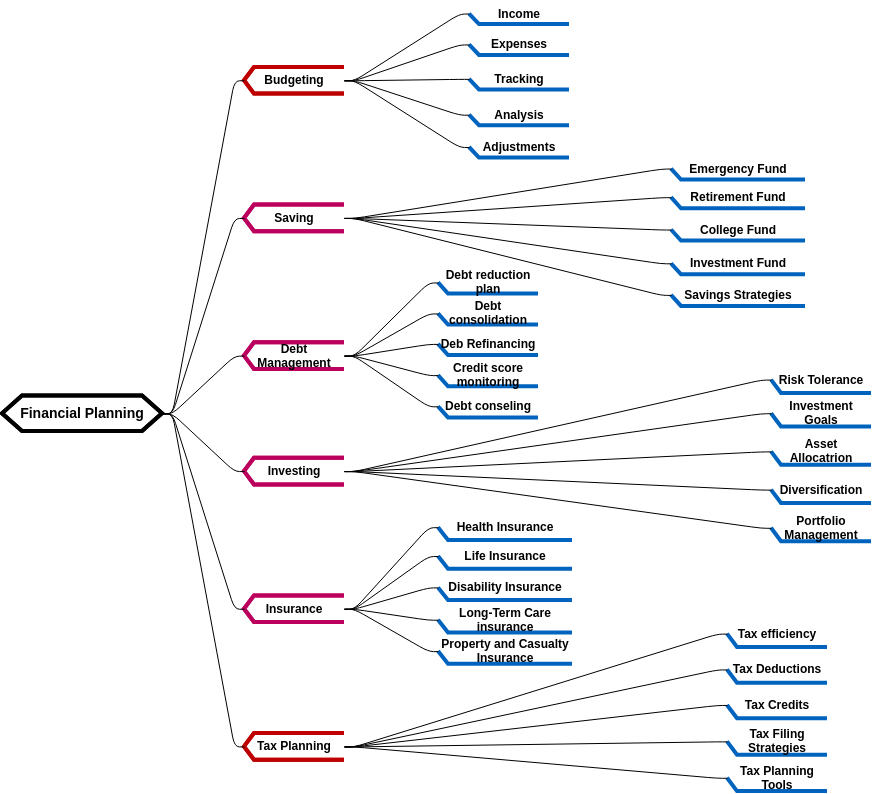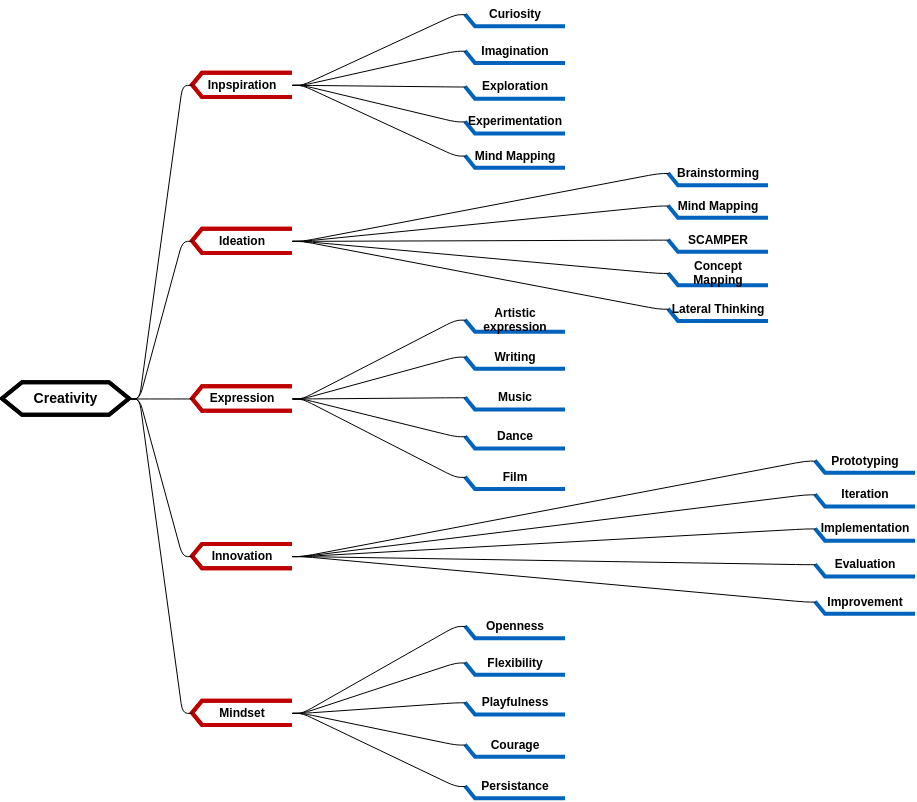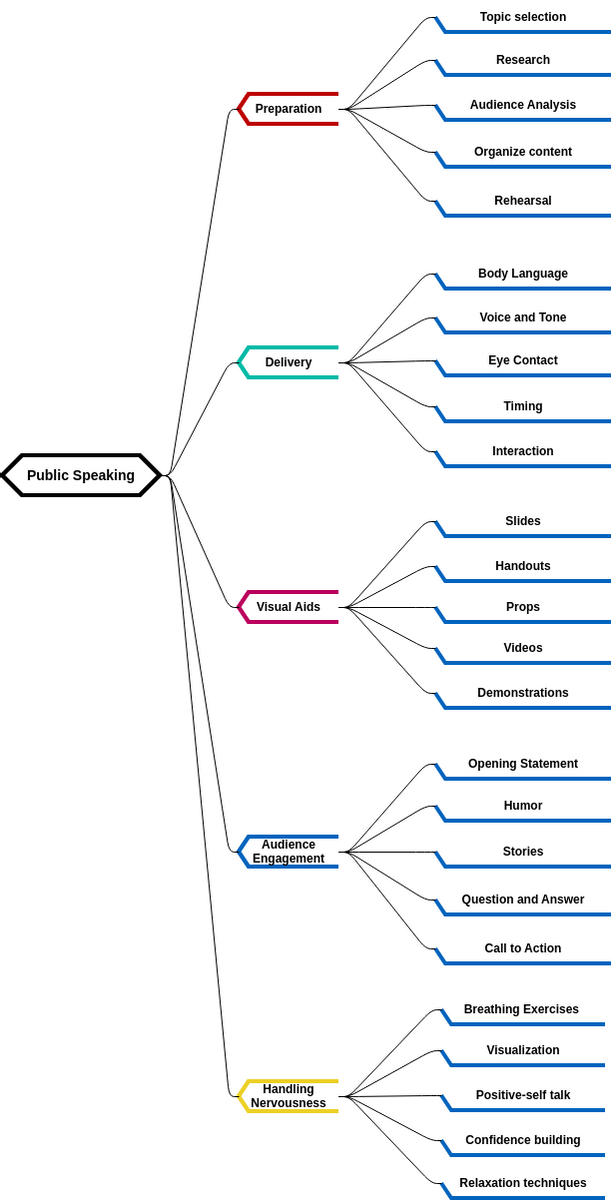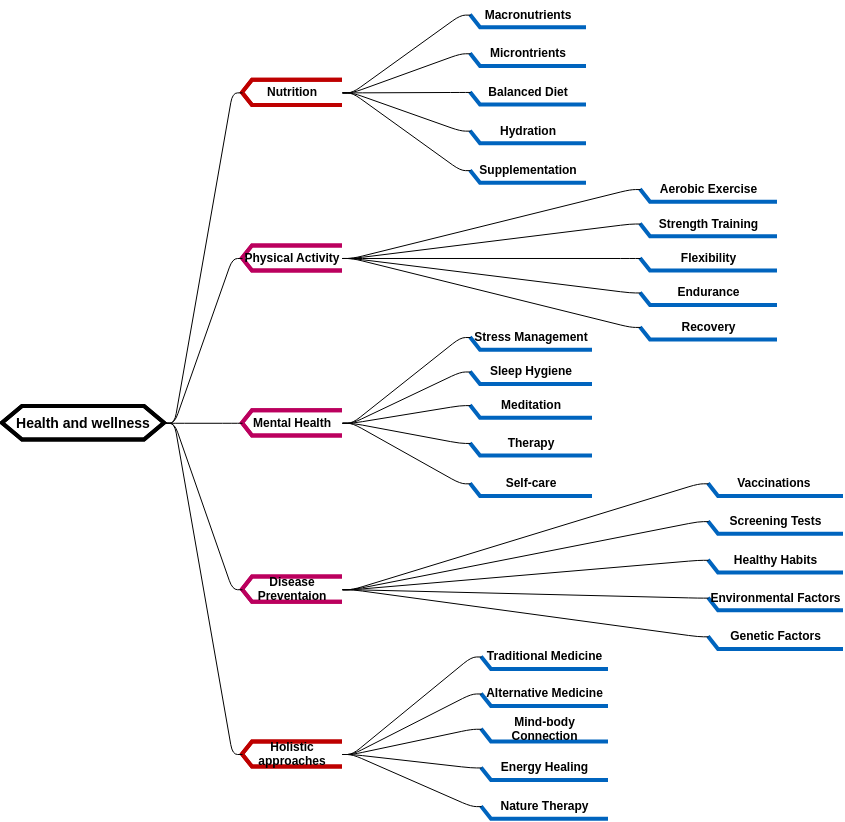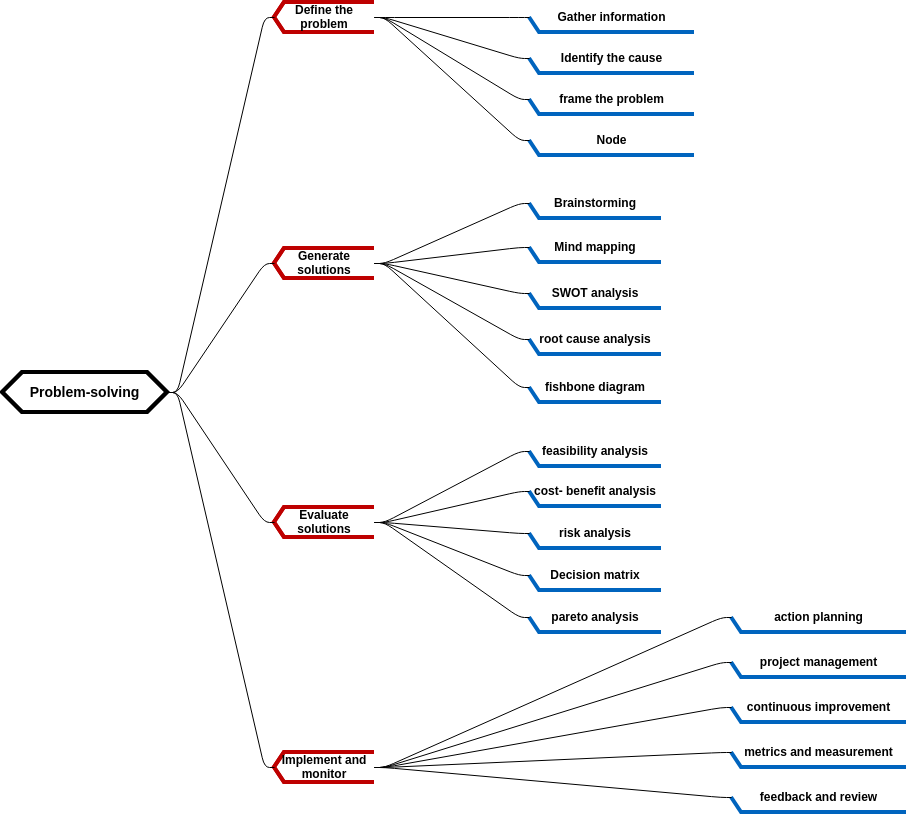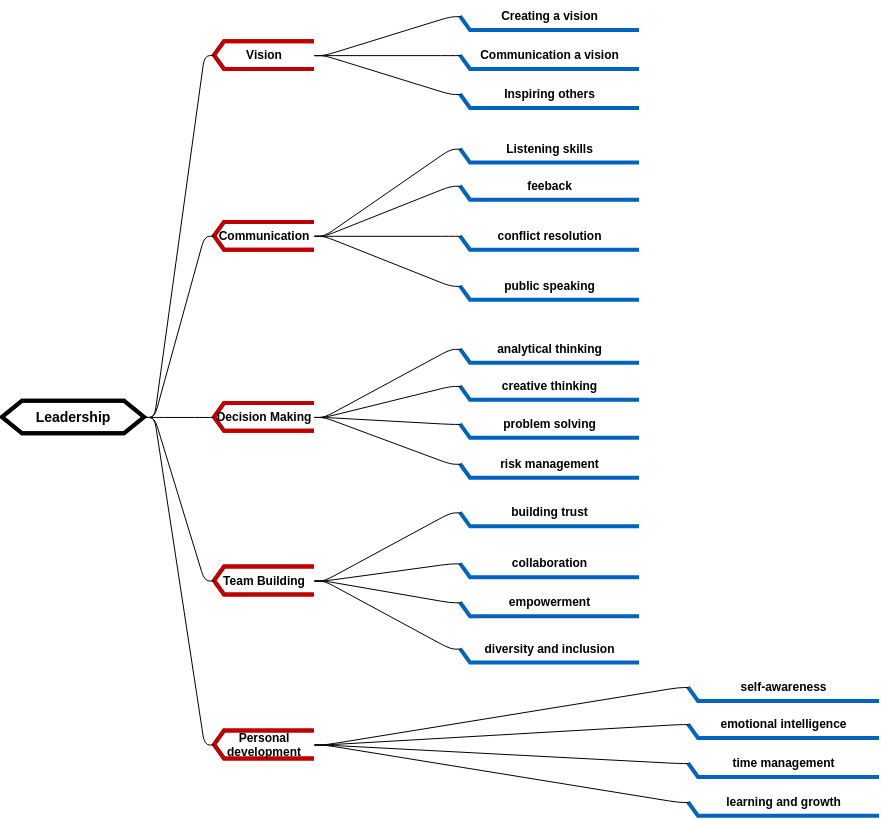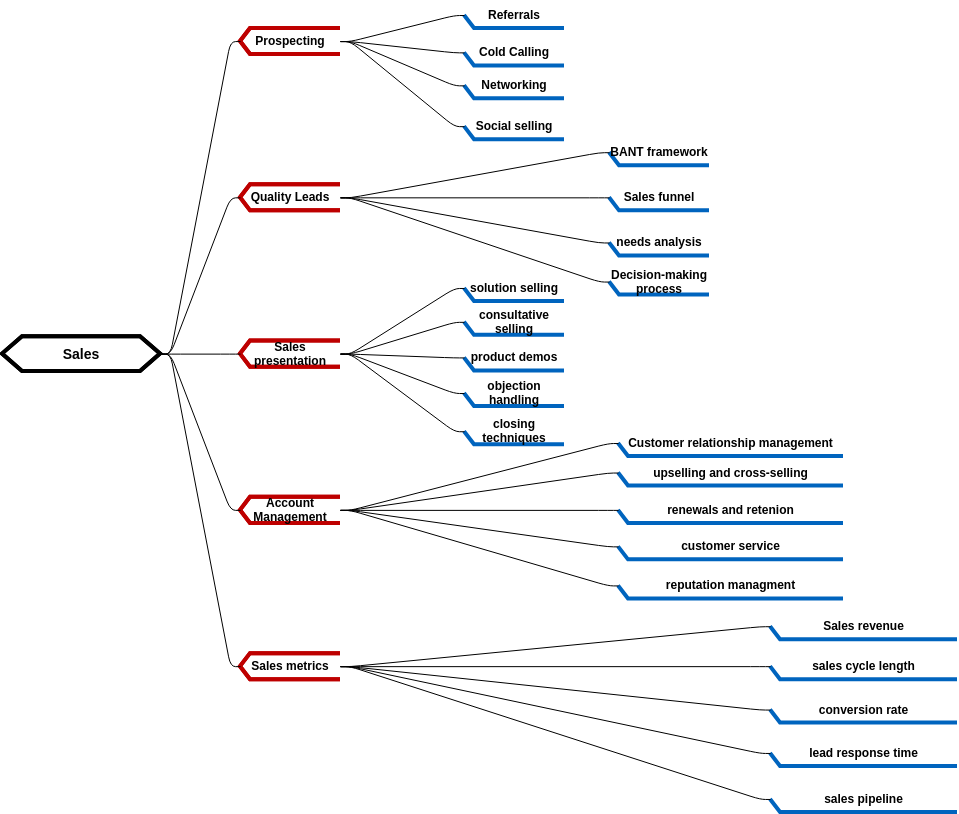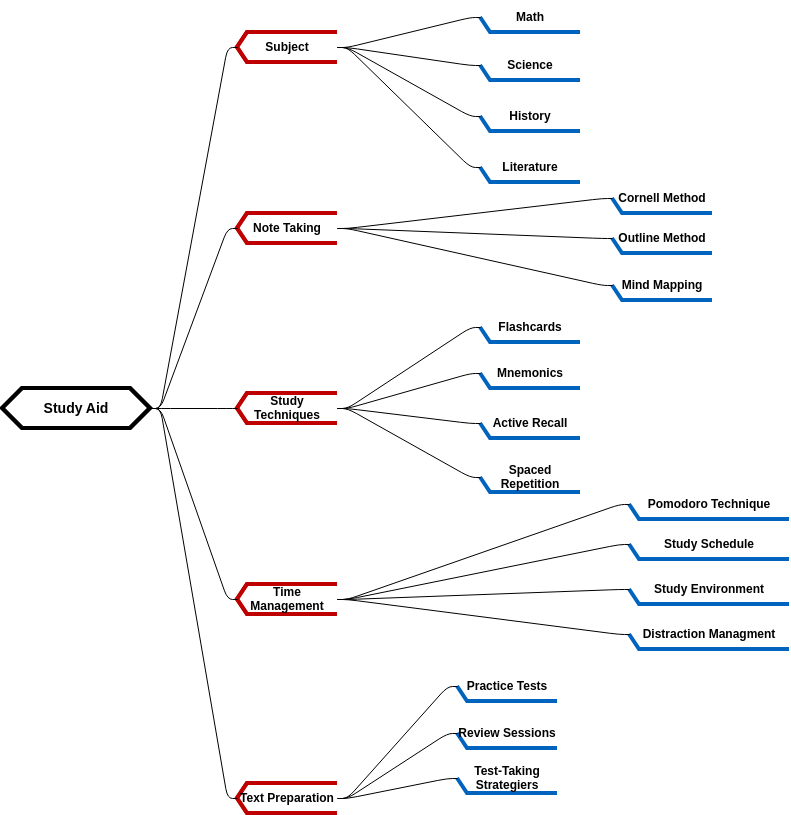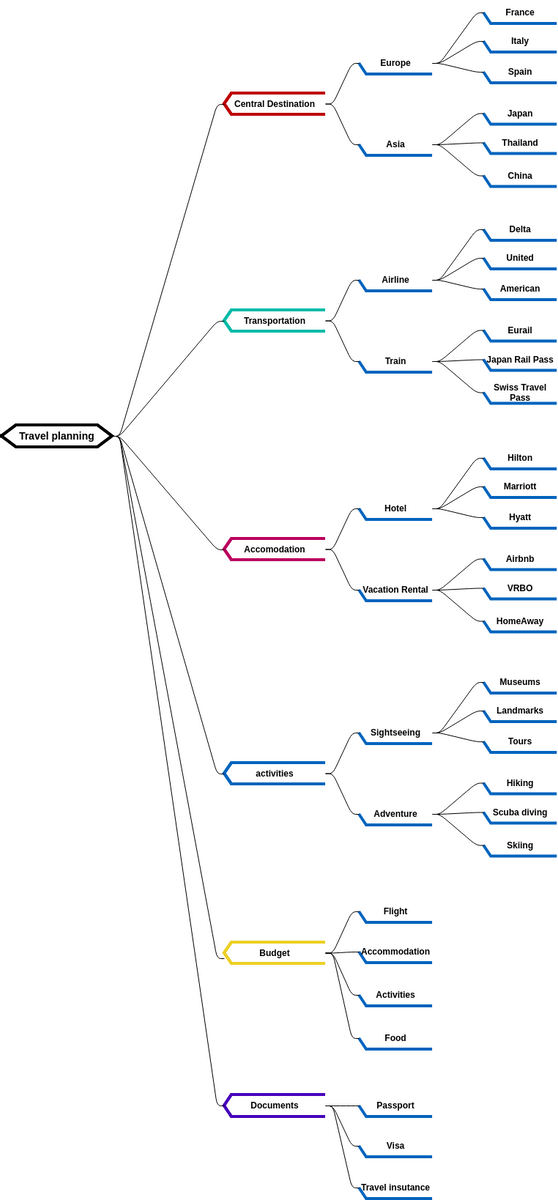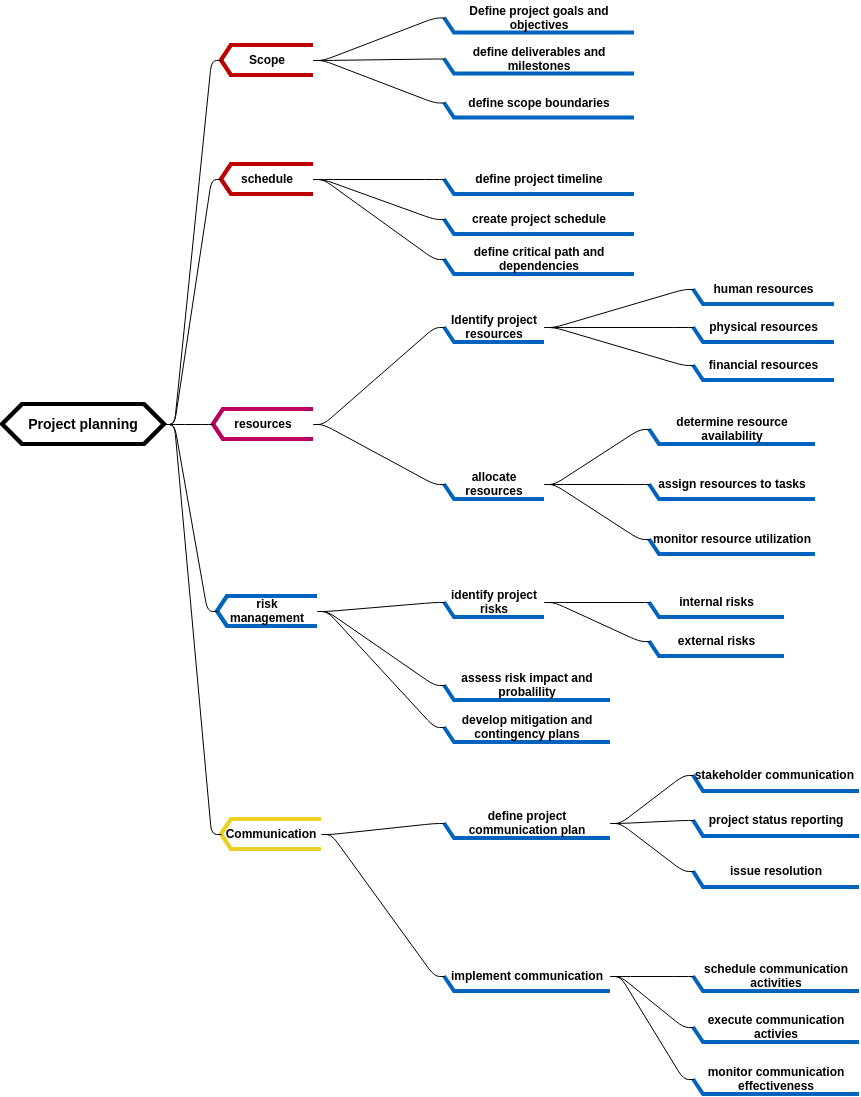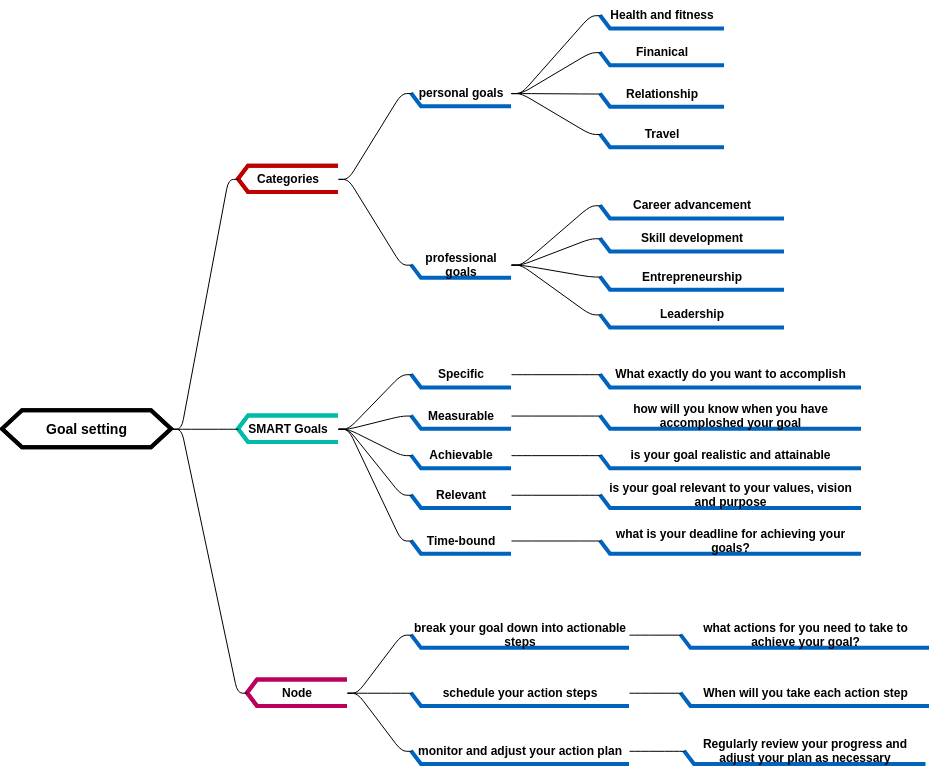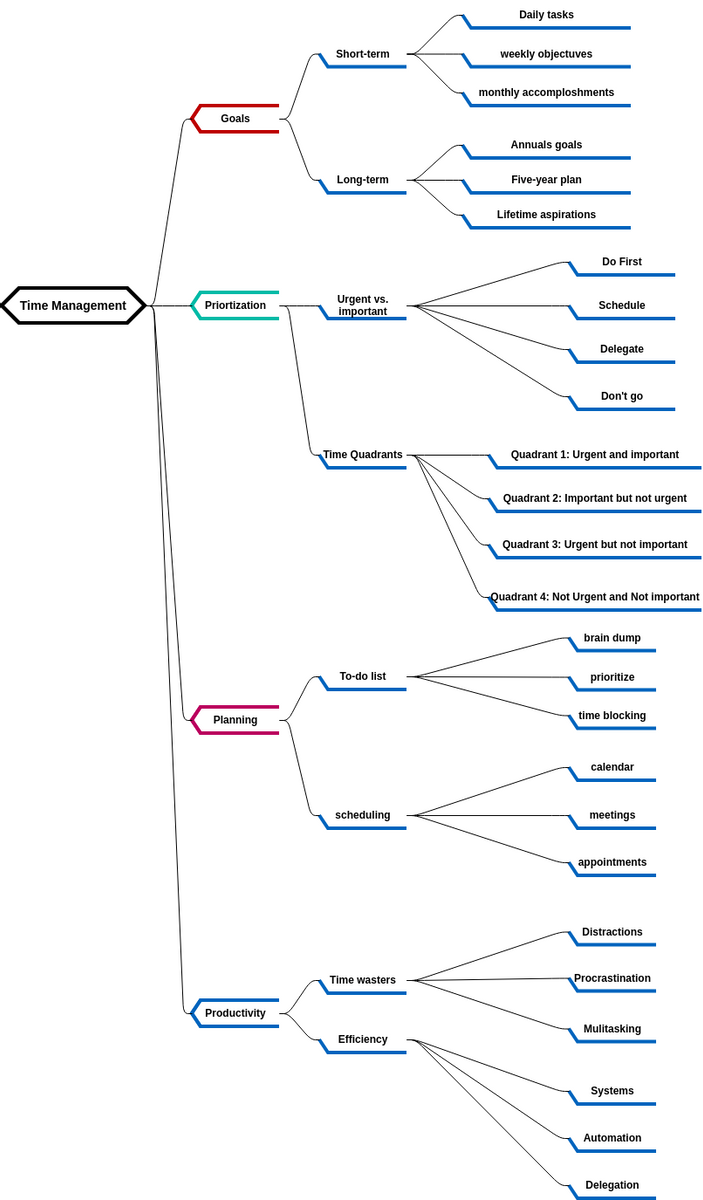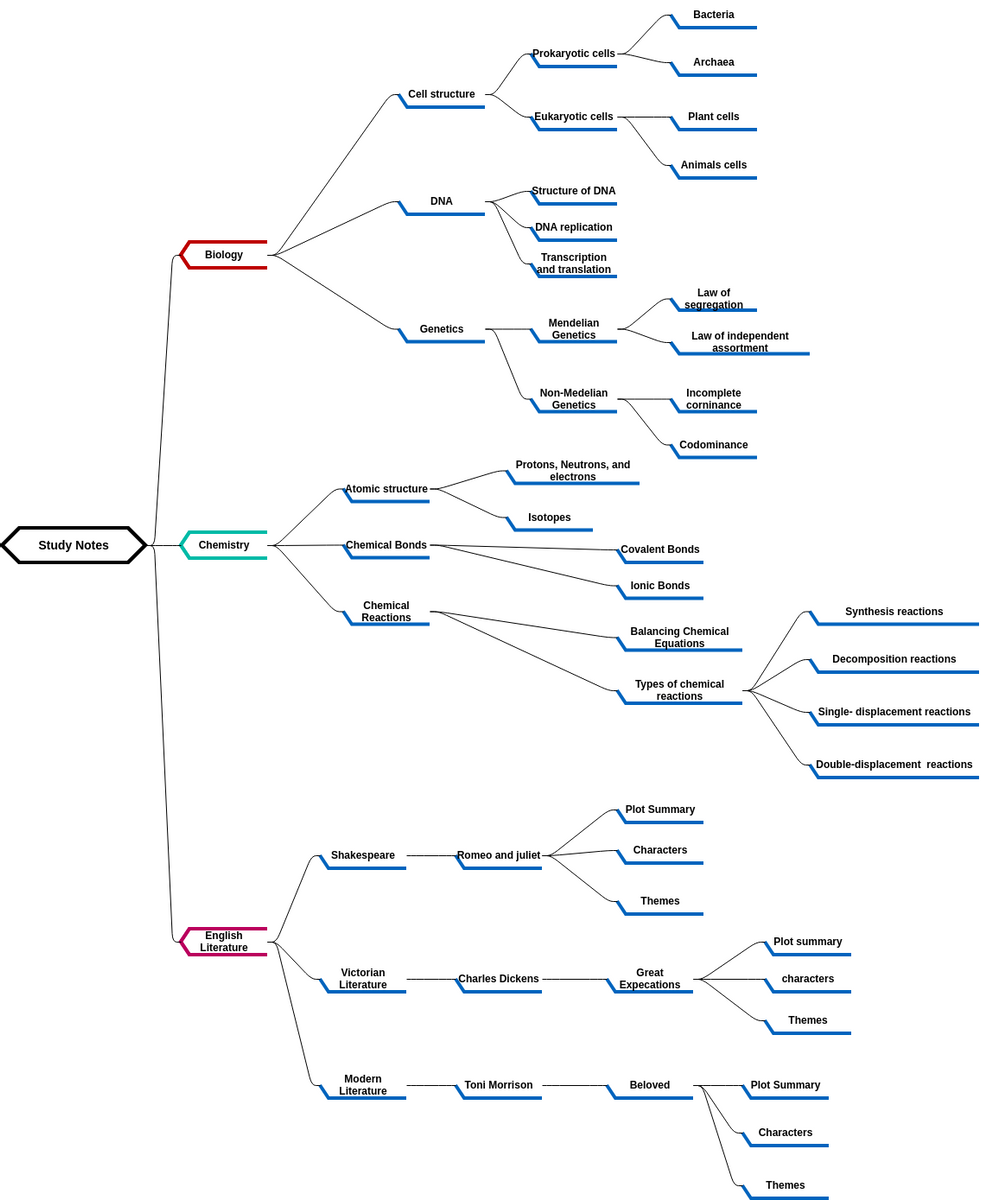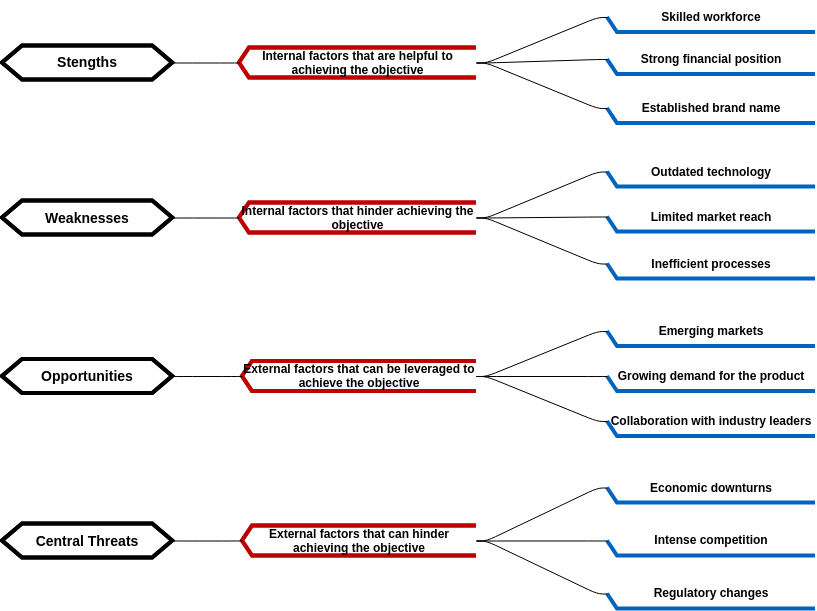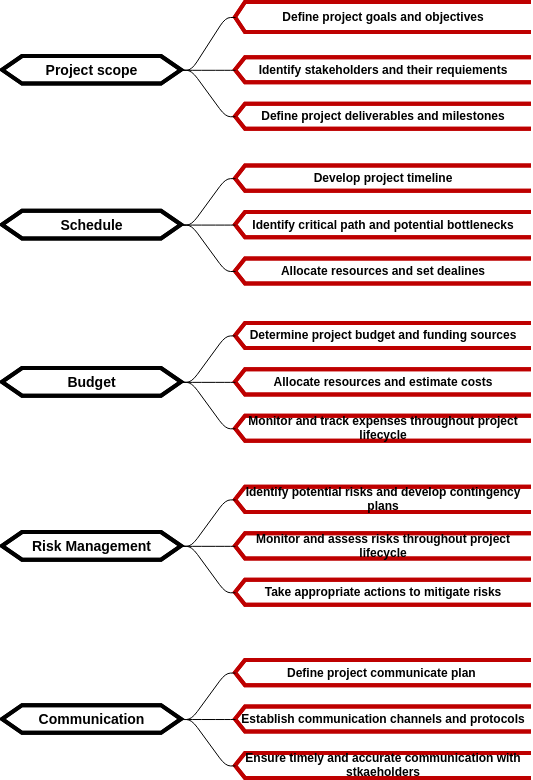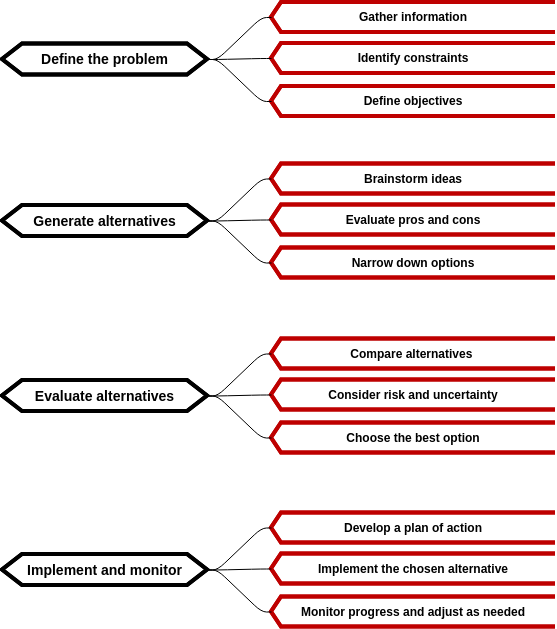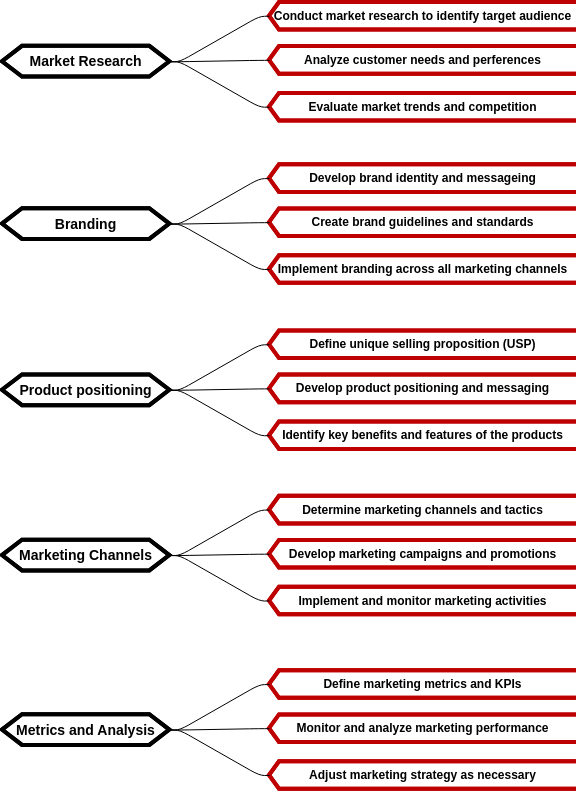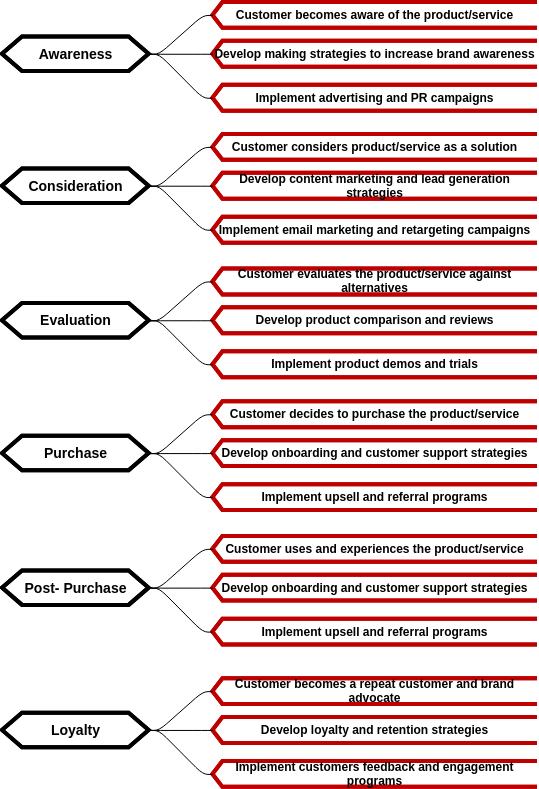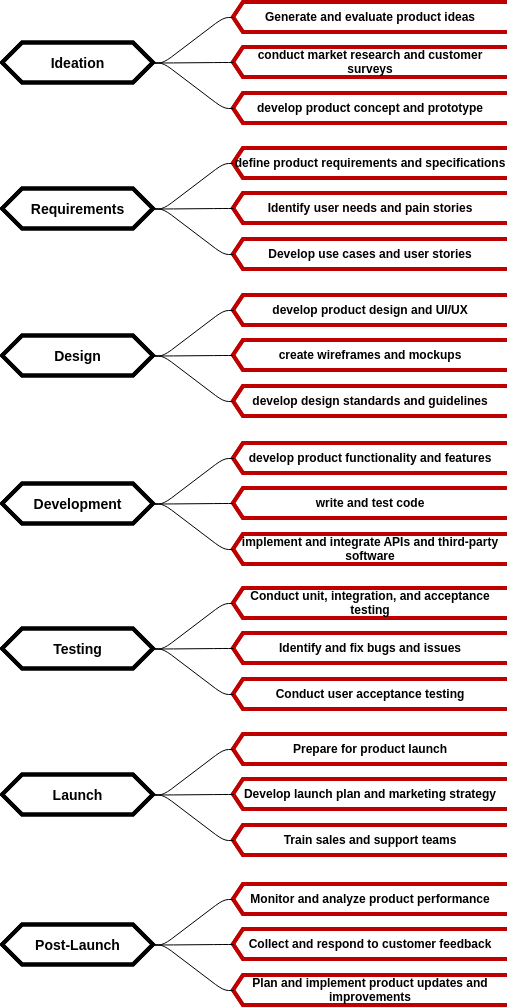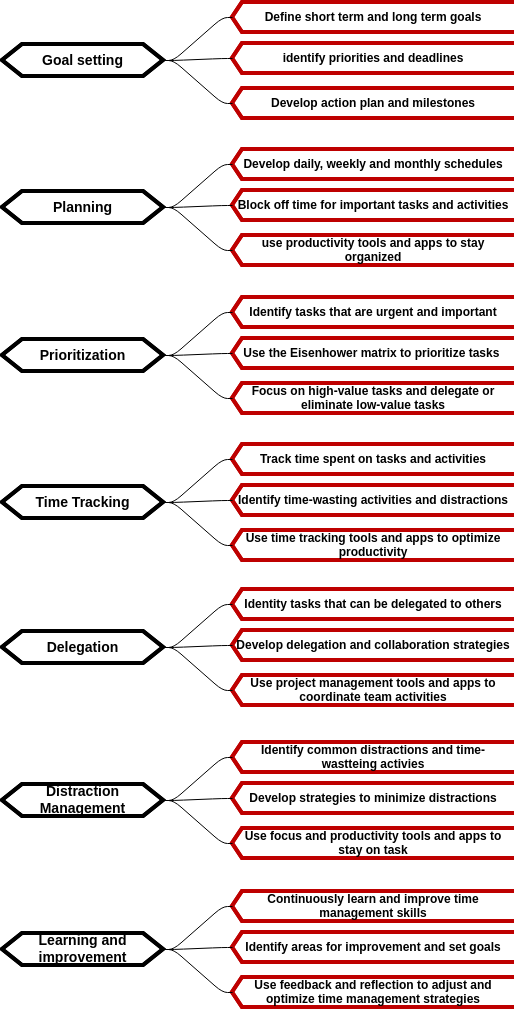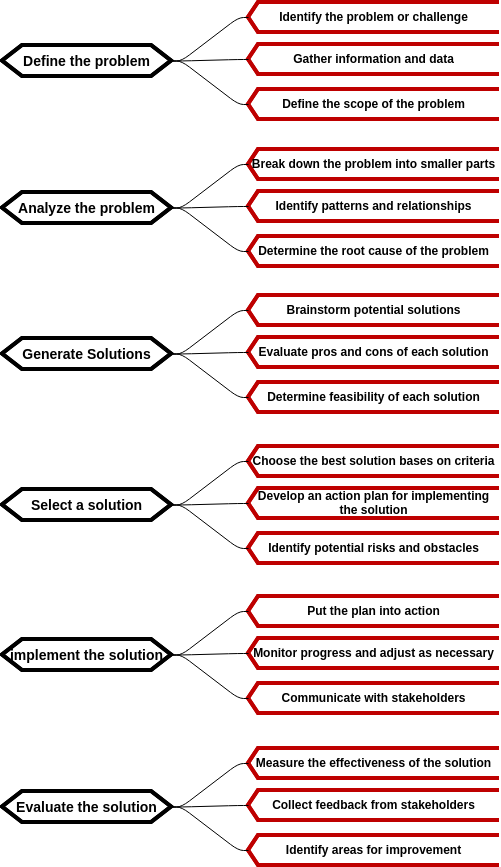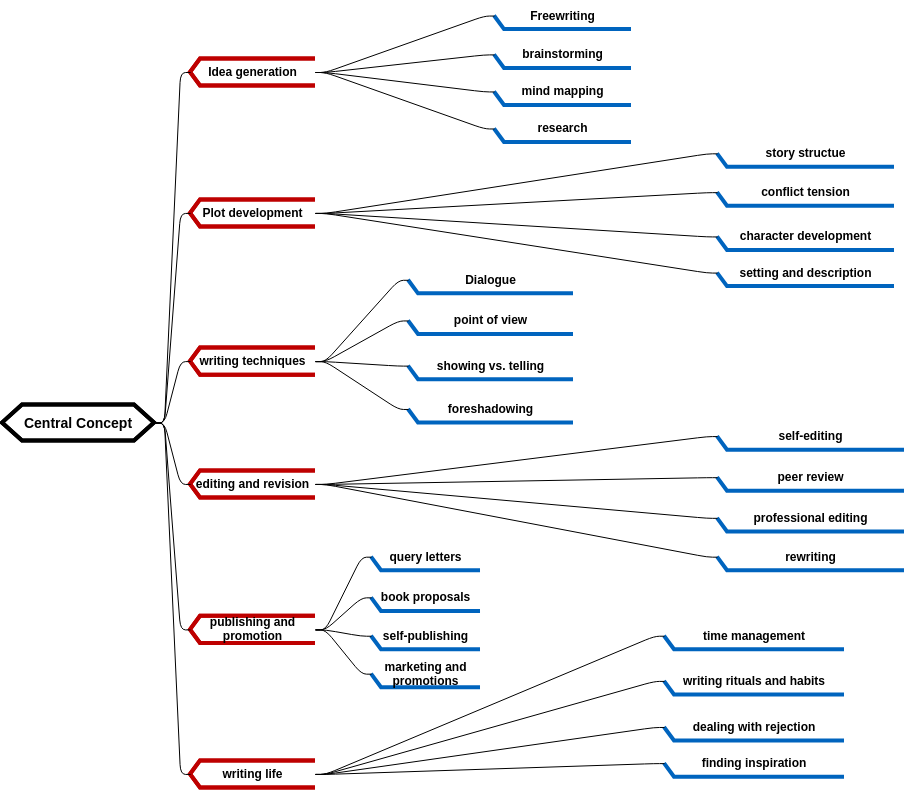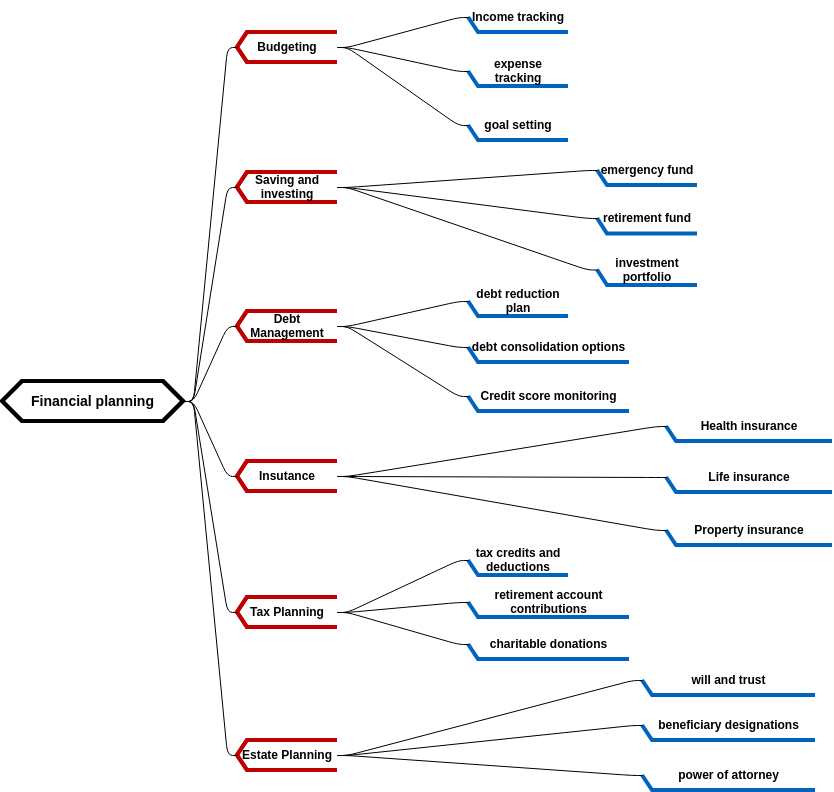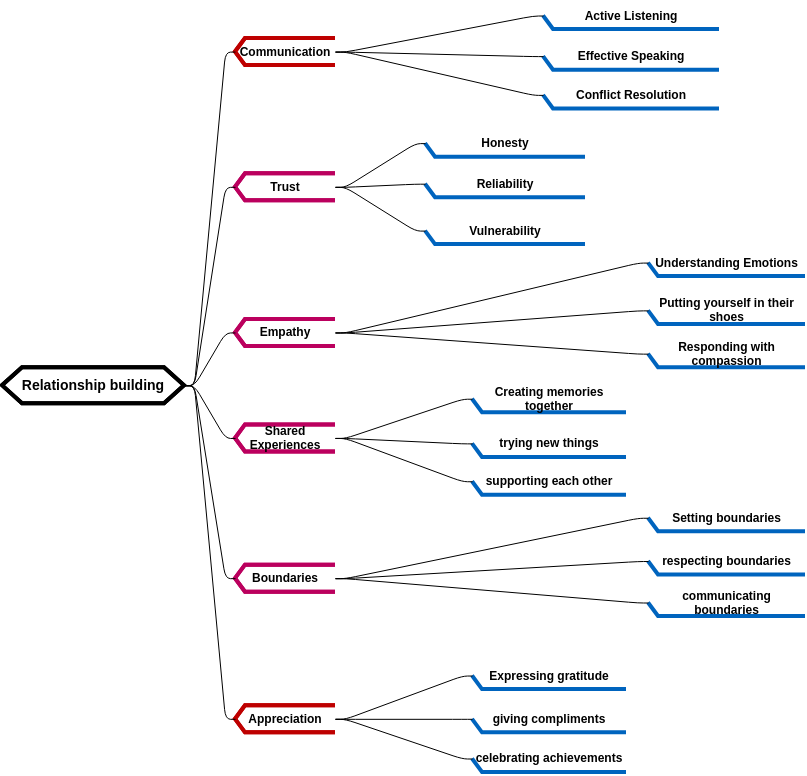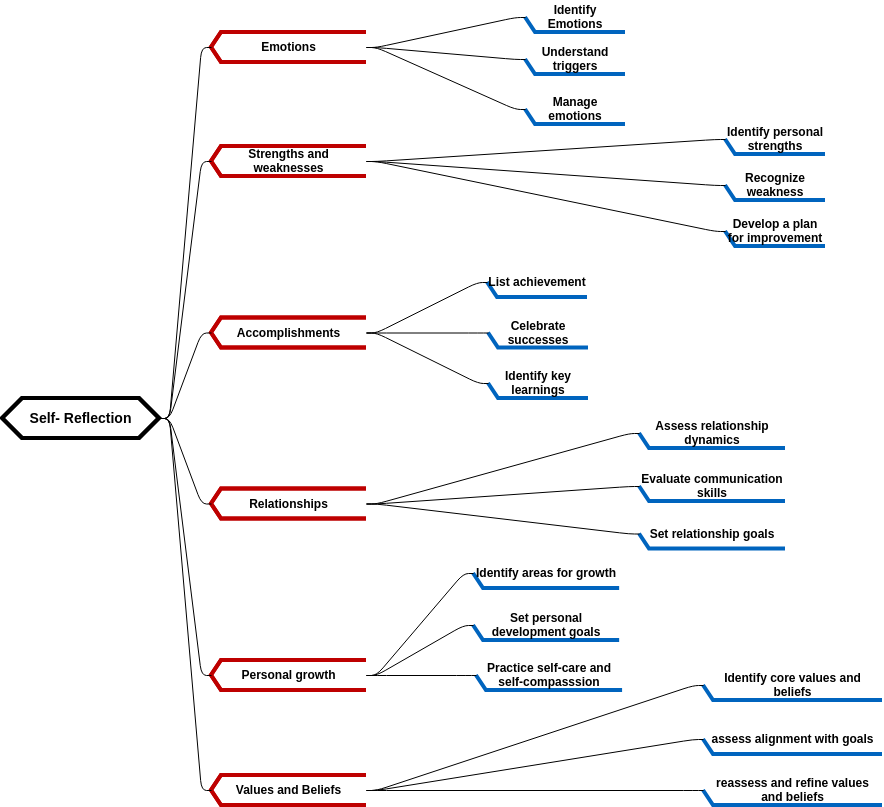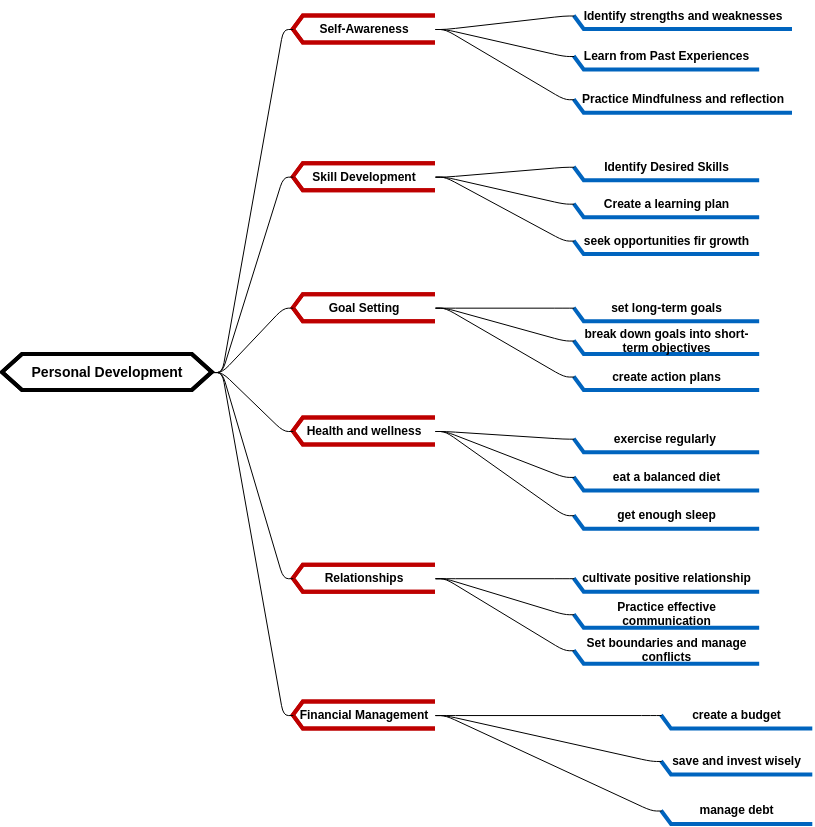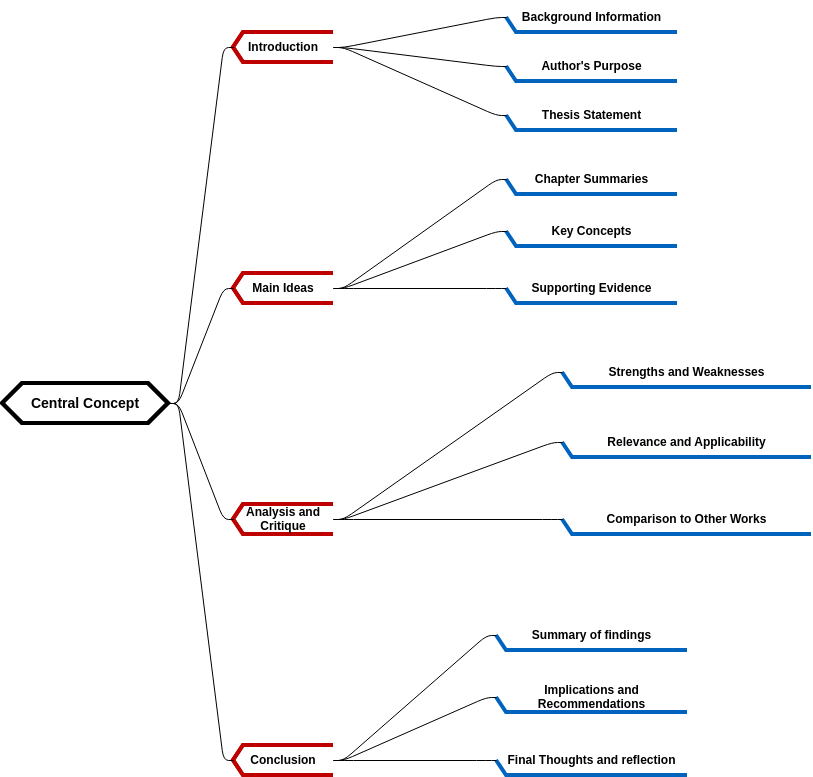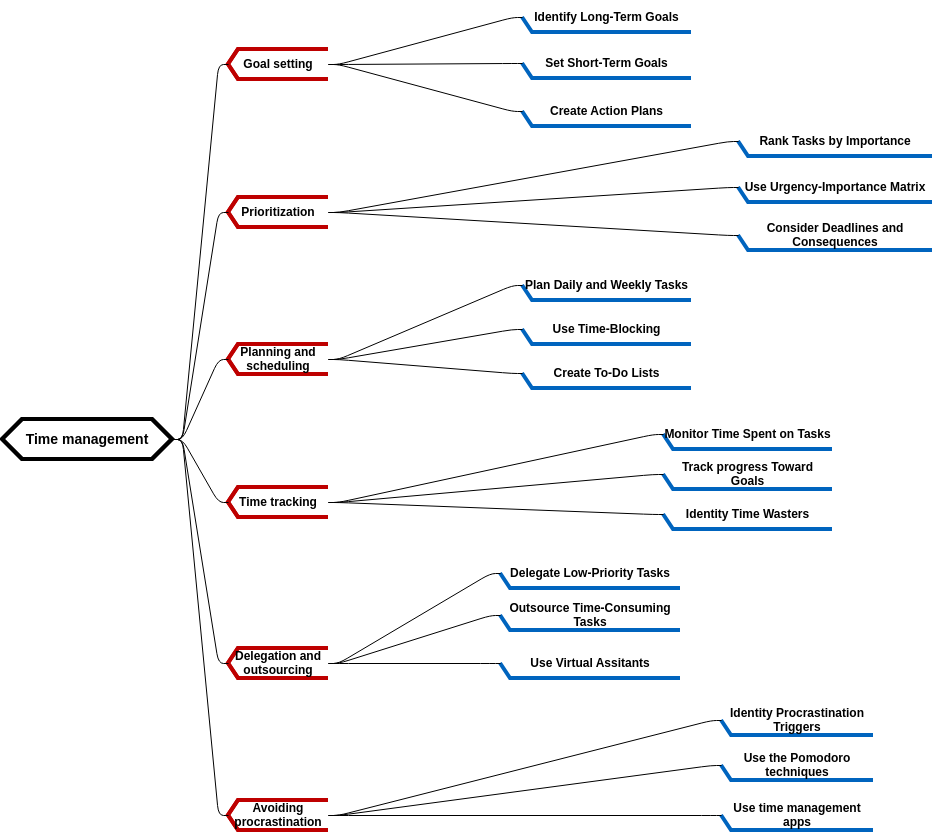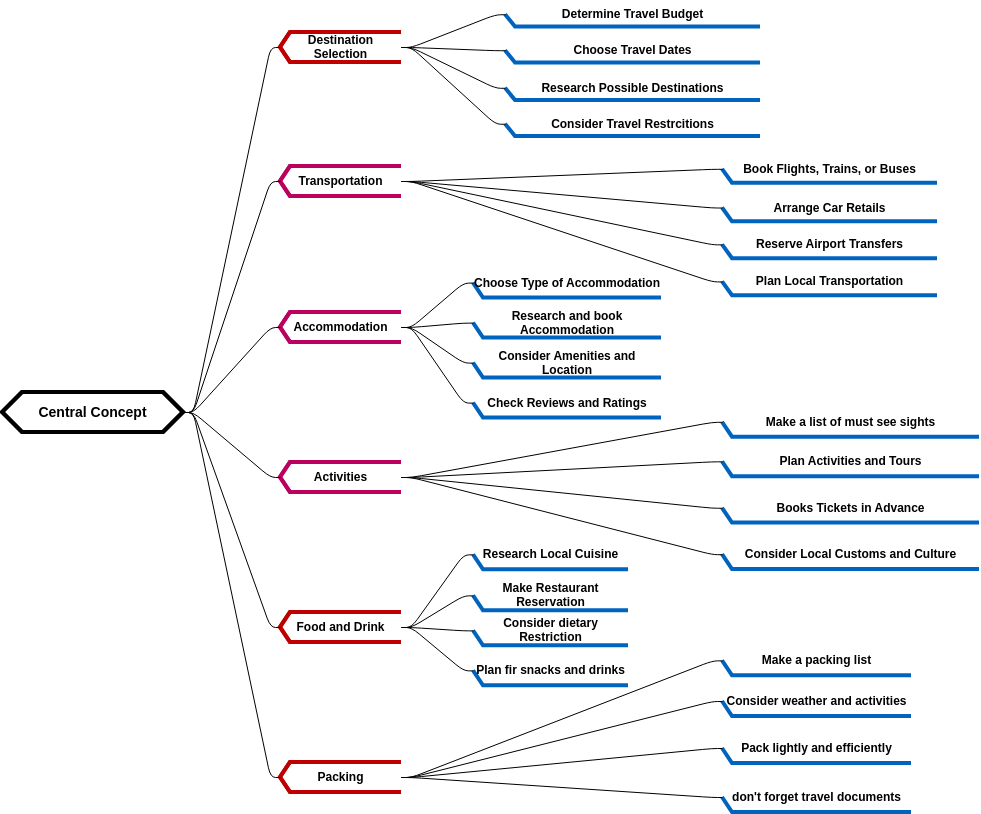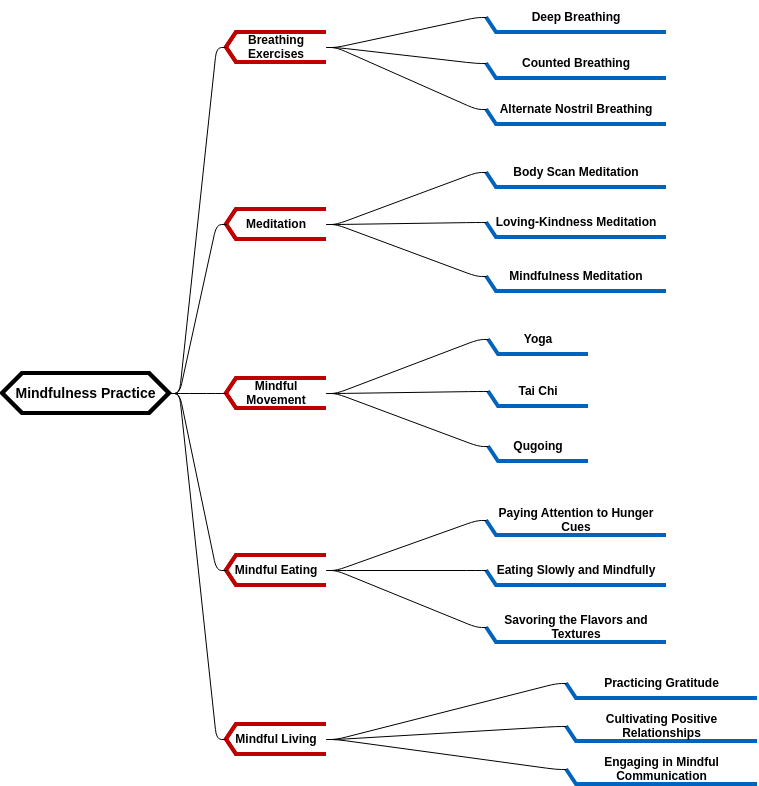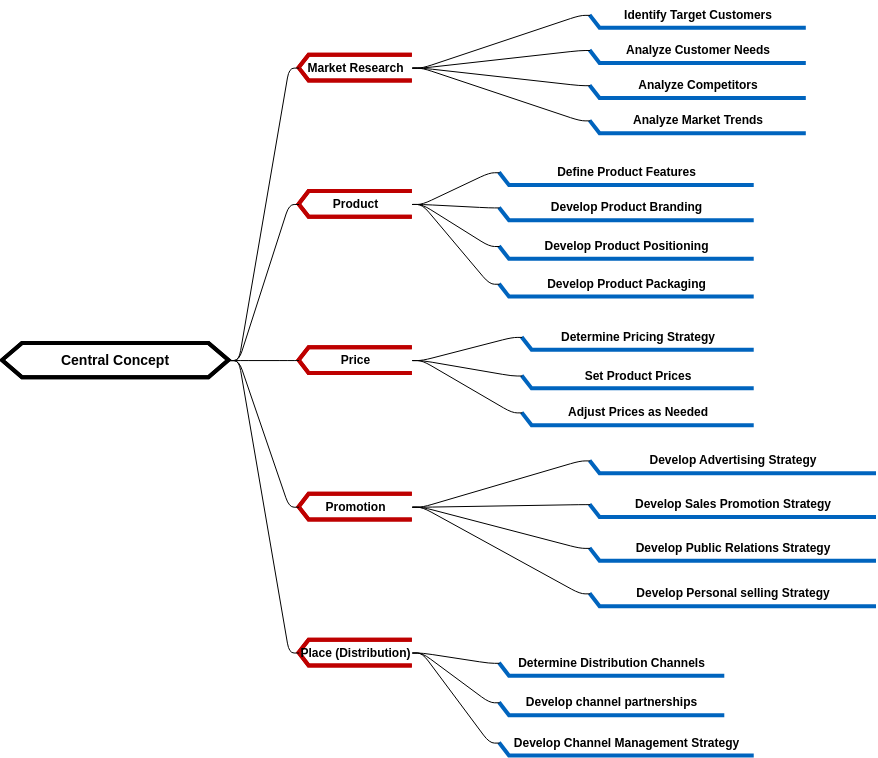Mindfulness Mind Map
The Mindfulness Mind Map focuses on various techniques and practices that cultivate present-moment awareness and promote a state of mindfulness. It begins with "Mindful Breathing," which involves engaging in deep breathing exercises to anchor one's attention to the breath. This practice helps individuals become more aware of their breath and brings them into the present moment, fostering a sense of calm and relaxation.
Moving forward, the mind map includes the "Body Scan" technique. This practice involves directing one's attention systematically through different parts of the body, noticing any sensations or tensions that arise. The body scan helps individuals develop body awareness and cultivates a deeper connection with the present moment. By paying attention to physical sensations, individuals can tune into their bodies and gain insights into their overall well-being.
Next is the concept of "Non-judgmental awareness." This aspect of mindfulness involves observing thoughts, emotions, and experiences without attaching judgments or evaluations. It encourages individuals to accept their present-moment experiences with openness and curiosity, free from the influence of preconceived notions or biases. Non-judgmental awareness allows for a greater understanding and acceptance of oneself and others, fostering compassion and empathy.
Lastly, the mind map highlights "Mindful Communication" through the practice of active listening. This technique emphasizes being fully present and attentive when engaging in conversations with others. Active listening involves giving one's complete attention to the speaker, without distractions or interruptions. By practicing mindful communication, individuals enhance their ability to understand and connect with others, fostering more meaningful and authentic relationships.
Benefits of creating this mind map
Creating the Mindfulness Mind Map offers several benefits for individuals seeking to cultivate mindfulness in their lives. Firstly, the mind map provides a clear and organized visual representation of various mindfulness techniques. It serves as a comprehensive guide, offering a structured approach to incorporating mindfulness practices into daily routines. The mind map helps individuals easily access and remember different techniques, making it convenient to incorporate mindfulness exercises into their day-to-day lives.
Secondly, the mind map promotes consistency and accountability. By visually mapping out different mindfulness practices, individuals can set specific goals and track their progress. The mind map serves as a reminder and motivator, encouraging individuals to engage in regular mindfulness exercises. This consistency fosters the development of a mindfulness habit and increases the likelihood of experiencing the long-term benefits of mindfulness, such as reduced stress, improved focus, and enhanced well-being.
Furthermore, the mind map encourages exploration and experimentation. It presents a variety of mindfulness techniques, allowing individuals to discover which practices resonate with them the most. The mind map offers a range of options, including mindful breathing, body scans, and non-judgmental awareness, giving individuals the flexibility to explore and find what works best for them. This sense of exploration fosters a deeper understanding of oneself and helps individuals tailor their mindfulness practice to suit their unique preferences and needs.
